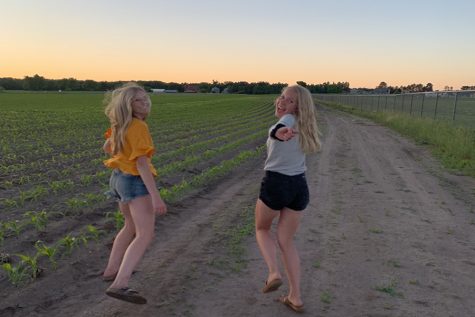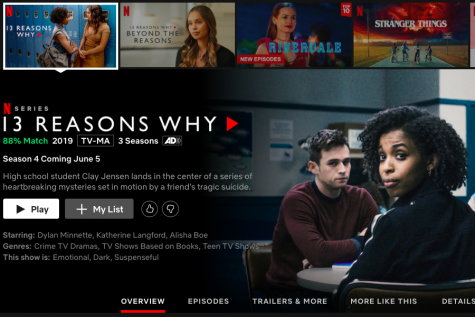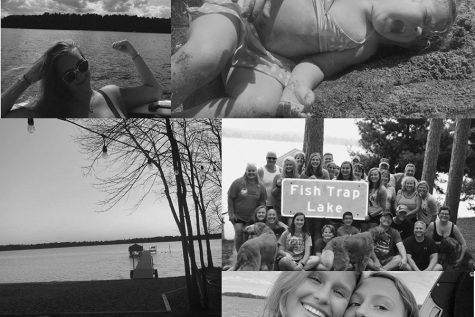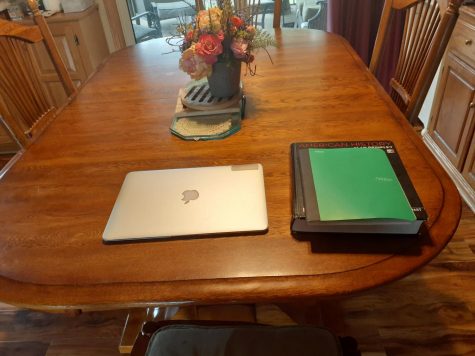Sartell Anglers’ Corner: Research
How to Research a New Body of Water
On the left side is the Google Earth Image of the Lake, the right side is from the Minnesota DNR lake survey.
One of the most important, and oftentimes underlooked parts of bass fishing doesn’t even happen on the water. This is the time before you ever even get to the water, sitting at home: the research.
There are a couple things I look at while I am researching to prepare myself to get on the water and be as efficient and successful as possible. First before doing anything, you have got to pick the body of water you want to fish.
When I’m looking for a new lake, I first start on the DNR website. I look at if the lake has public water access. I also look at the vegetation that may be listed for that particular lake. They do surveys of the fish species and size in almost every lake in Minnesota, and these oftentimes tell me if the lake is worth fishing. These surveys can tell you what the main forage is, which will help you in choosing what baits to use.
Once I have found the target lake, I jump onto Google Earth. I look for any sort of emergent vegetation, like pads, rice or reeds. I also like to see if there are any visible points, corners, or small creeks that run in or out of the lake. All of these places should hold fish. Looking at Google Earth also helps with familiarizing yourself with the lake, rather than just going out blind and having no idea what the layout of the lake looks like.
Google Earth can also give you a good idea what the water color and clarity is going be. Knowing the water clarity and color is very important when it comes to bait selection, you can then decide if you need to fish light colors, or dark colors.
One of the most important parts of researching for a day on the water is looking at the weather. You need to know what mother nature is going to throw at you so you can be prepared. Paying attention to the weather conditions can help you predict which spots are going to produce the highest quantity of fish.

Peyton Henkensiefken is glad to be a senior at Sartell High School and is looking forward to being done with high school. He loves to fish and hunt. He's...









